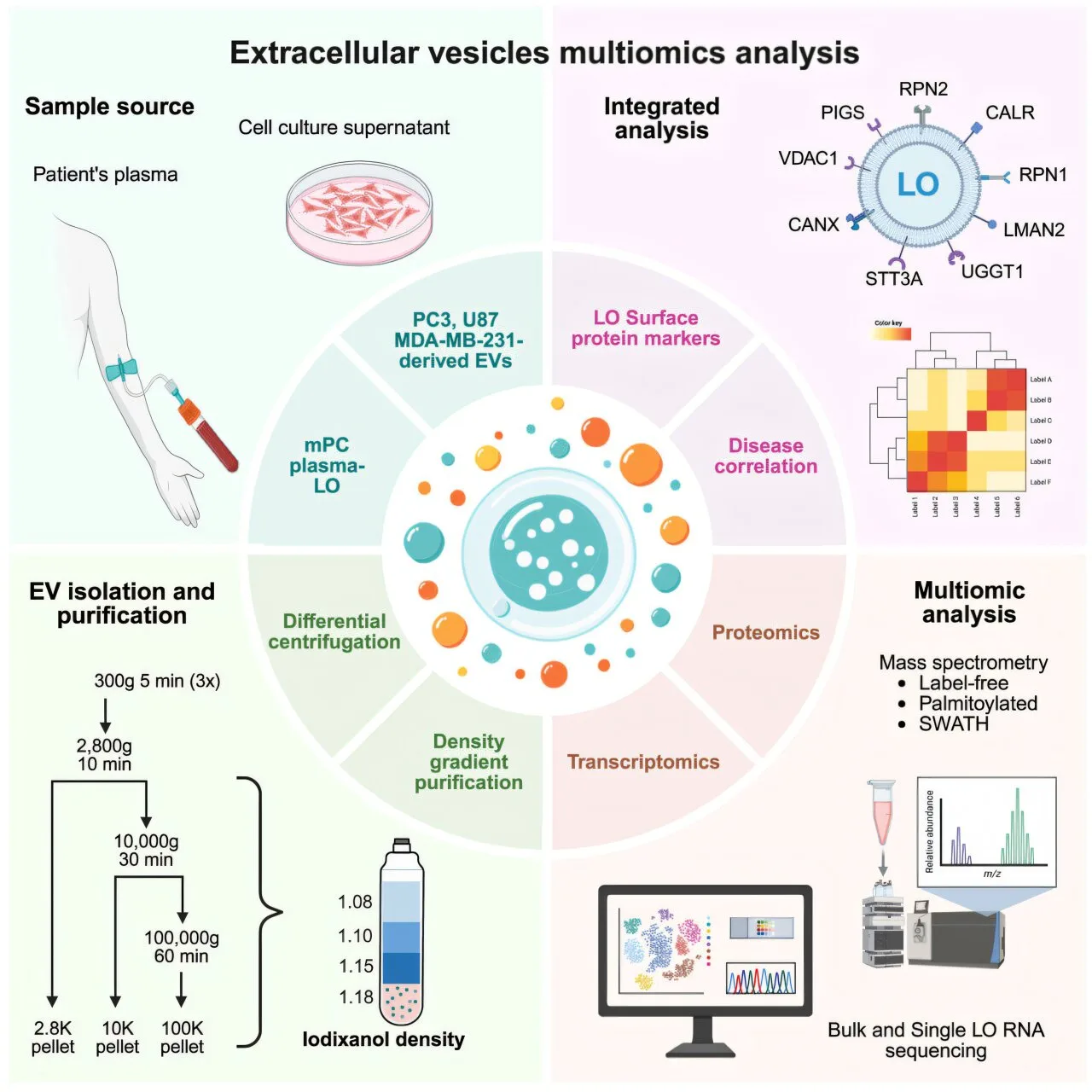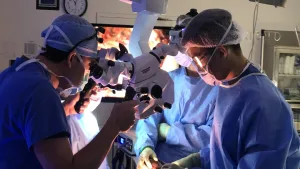Breakthrough in Cancer Detection: Identifying Universal Markers in Large Oncosomes
Researchers at Cedars-Sinai have made a significant stride in cancer diagnostics. Their study, featured in Cell Reports Medicine, reveals that large oncosomes—sacs filled with fluid and shed by aggressive cancer cells into the bloodstream—possess a remarkably consistent molecular makeup, regardless of the specific type of cancer.
The Significance of Large Oncosomes
These large oncosomes, circulating in the blood, offer a potential new avenue for both diagnosing and monitoring the progression of various malignancies. The discovery of a shared molecular signature within these structures is particularly promising.
Key Findings:
- Consistent Molecular Content: Large oncosomes exhibit a uniform set of molecules across diverse cancer types.
- Diagnostic Potential: Their presence in the bloodstream could serve as an indicator of cancerous activity.
- Monitoring Capabilities: Analyzing these oncosomes may allow for real-time tracking of a cancer’s behavior and response to treatment.
Implications for Cancer Treatment
This breakthrough could pave the way for less invasive and more effective methods of cancer detection and management. Instead of relying on traditional biopsies, clinicians may be able to analyze blood samples for the presence and characteristics of these large oncosomes.
Potential Benefits:
- Early Detection: Identifying cancers at earlier stages, when treatment is often more effective.
- Personalized Medicine: Tailoring treatment strategies based on the unique molecular profile of a patient’s cancer.
- Improved Monitoring: Assessing the efficacy of cancer therapies more accurately and efficiently.
Final Overview
The Cedars-Sinai study offers a fresh perspective on cancer diagnostics, emphasizing the potential of large oncosomes as universal biomarkers. Further research is needed to fully explore the clinical applications of this discovery, but the initial findings are undeniably encouraging, heralding a new era in cancer detection and monitoring.



+ There are no comments
Add yours